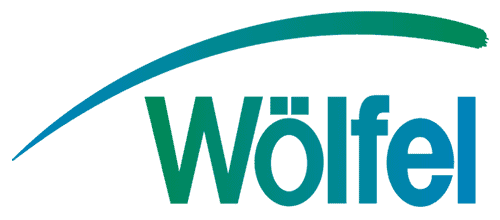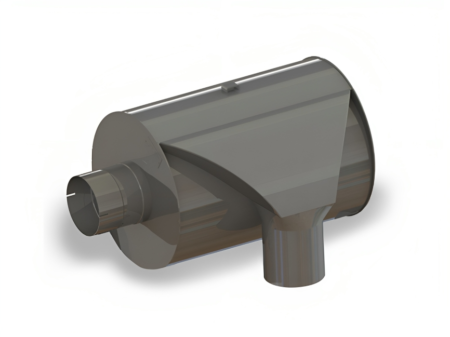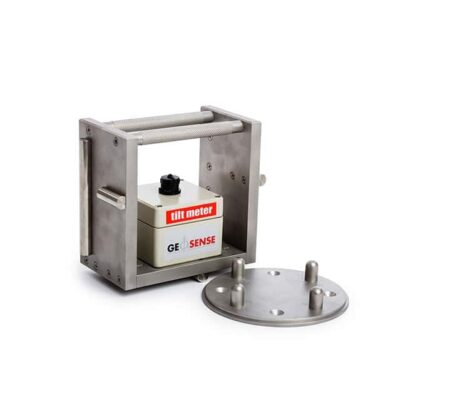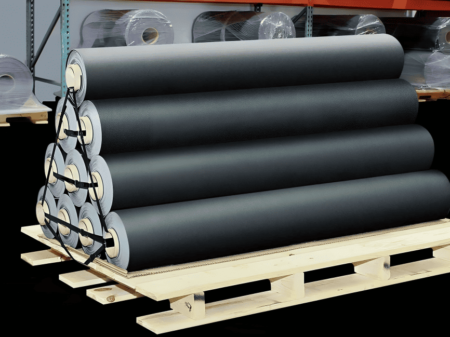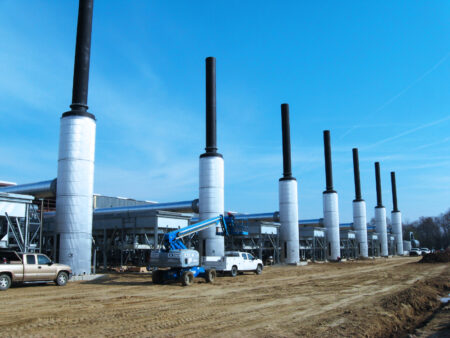Descriptions
HOW WE OPTIMIZE RAIL VEHICLES AND VEHICLE COMPONENTS
The railway is one game-changer for future mobility. Innovation is essential to keep up with the increasing demands of rail transportation – both in new development and in operation. We support manufacturers and operators of rail vehicles and vehicle components in two key areas:
- Increasing fleet availability: Intelligent condition monitoring enables smooth operations through optimized maintenance intervals. The crucial keyword is Predictive Maintenance. Learn more here.
- Developing modern and efficient wagon designs: More comfort, more safety, less wear and tear, less noise – virtual test drives help to develop better trains. Learn more here
HOW WE OPTIMIZE RAIL INFRASTRUCTURE AND INFRASTRUCTURE COMPONENTS
As the number of people using trains and the demand for freight transportation by rail is growing, the infrastructure needs to keep up with rising needs, demands and loads. We support manufacturers and operators of rail infrastructure and infrastructure components in three key areas:
- Increasing the availability of existing rail tracks: Intelligent condition monitoring enables smooth operations through optimized maintenance intervals. The crucial keyword is Predictive Maintenance. Learn more here.
- Aligning infrastructure and vehicles effectively: Starting from the development phase, simulations can reduce wear and noise while enhancing safety and comfort. Learn more here.
- Expanding the rail network seamlessly: The expansion of the rail network cannot happen quickly enough. We ensure that projects are not impeded by noise and vibration concerns, preventing any delays. Learn more here.
HOW WE PREVENT NOISE AND VIBRATIONS
When railway tracks and buildings are brought closer together, noise and vibration protection become crucial for the successful implementation of construction projects. We support project and property developers as well as railway operators in two key areas:
- Expanding the rail network in urban areas: Swift expansion of rail infrastructure is a fundamental aspect of the transition to sustainable mobility. We assist in ensuring compliance with all noise and vibration regulations throughout the construction and operation phases. Learn more here.
- Urban densification around railway tracks: In densely populated areas, there is a high demand for housing, while available space is limited. Effective noise and vibration control concepts enable the development of areas in close proximity to railway tracks. Learn more here.
AI-COMPONENTS
WITH ENGINEERING EXPERTISE AND AI COMPONENTS FOR PRODUCT AND PROCESS OPTIMIZATION
Artificial Intelligence enables new and innovative approaches – and can often be integrated into your established system much easier than you might think. Our experience has shown that a deep understanding of the underlying processes, combined with our engineering know-how, forms the perfect basis for leveraging AI. By combining traditional engineering principles with modern AI techniques, we provide effective solutions tailored to your needs.
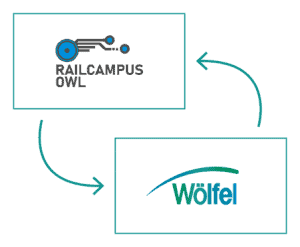
RESEARCH & EDUCATION FOR THE FUTURE OF RAILWAY TECHNOLOGY
“As part of RailCampus OWL, we aim to contribute to ensuring safe, efficient and environmentally friendly railway operations through our expertise in monitoring and structural dynamics.“ (Manuel Eckstein, Head of Simulation + Predictive Maintenance)
Predictive Maintenance
Fewer Train Service Disruptions and Operational Delays: Shifting from Cyclic Maintenance to Condition-based Maintenance
Smooth and uninterrupted railway operations rely heavily on the maintenance of rail vehicles, components, and infrastructure. Traditionally, a cyclic maintenance approach has been employed. However, this approach poses challenges. If maintenance intervals are too short, it results in excessive maintenance costs, while longer intervals can lead to costly disruptions and failures.
Optimized maintenance intervals enable uninterrupted operations with lower maintenance costs
Determining the need for maintenance and upkeep measures is not solely dependent on elapsed time. Numerous factors, such as
- utilization and load,
- environmental and operational influences
- age of components
influence the wear and tear of rail vehicles, individual components, or infrastructure. These factors are typically measurable. Our core competency lies in monitoring, with a focus on vibration and acoustic data in conjunction with operational data and integrating them into monitoring systems. For this purpose, algorithms are developed based on mechanical models, enhanced by AI components. The objective is to identify precise condition indicators and key performance indicators (KPIs). With these insights, infrastructure and components can be continuously monitored and maintained based on their condition.
Achieving predictive maintenance in three steps: your customized approach
For many, the real challenge lies in implementation. What data should we gather? And, more importantly, how can we extract concrete value from this data?
Our three-step approach makes integrating predictive maintenance into your existing system far more straightforward than you might anticipate. Explore each step by hovering your cursor over it to gain deeper insights:
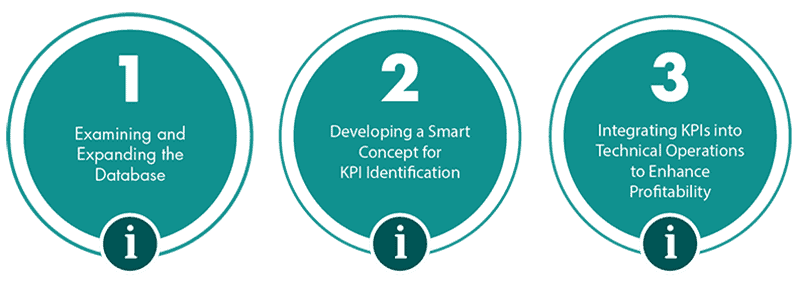
Our service portfolio in the field of maintenance and repair in rail transportation
- Optimization of maintenance intervals
- Monitoring of critical infrastructure components (rail, switch, track alignment)
- Evaluation of operational stress factors (shock monitoring, dynamic loads)
- Monitoring of maintenance-relevant components (wheelset, bogie, wheel bearings)
- Early detection of defects and anomalies
- Load detection (service life, validation, design loads)
Noise and Vibration Protection
Noise Control and Vibration Protection in and around Rail Transportation
Construction projects in difficult areas are becoming more common nowadays, especially where the need for densification and the demand for convenient and environmentally friendly mobility intersect. Whether you are building new structures closer to existing railway tracks (>> Learn more) or constructing new railway routes in close proximity to existing buildings (>> Learn more) – these types of projects come with unique challenges.
Drawing on decades of experience in noise control and vibration protection, we offer comprehensive services that include measurement, prognosis, assessment, and mitigation – as a complete package or as individually tailored solutions to meet your specific requirements.
Building Projects near Railway Tracks
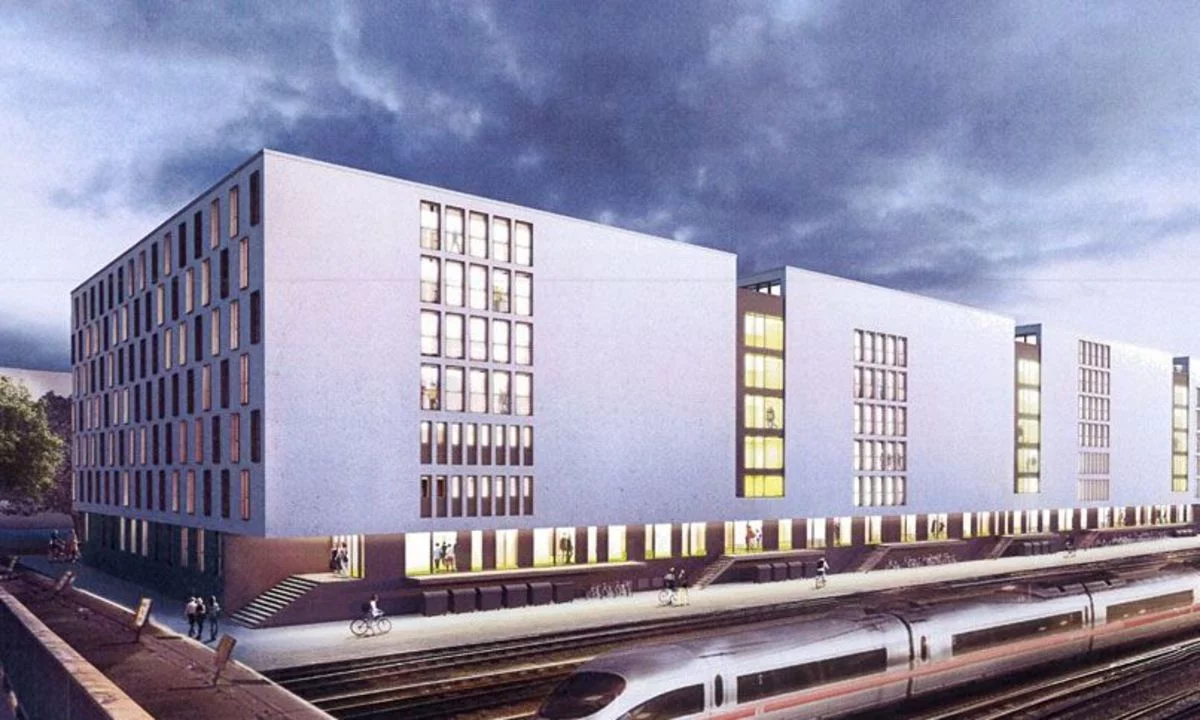
Noise and vibration protection for construction projects near railway tracks: Ensuring a high quality of living or working environment in new buildings and protecting the investment from damage
Whether in immediate proximity to railway tracks…
- a completely new construction area is developed,
- an already existing building area is to be extended or
- an existing building is to be renovated,
Noise and vibration protection must be a central component of construction (management) planning for such projects.
A comprehensive acoustic design is necessary from the outset to minimize the impact of noise and vibrations while considering cost-effectiveness. At a minimum, the threshold values defined in the applicable norms and guidelines must be adhered to. If this guarantee cannot be provided, proactive mitigation measures must be developed and implemented, as retroactive measures often incur high costs.
Rail Construction in Residential Areas

Noise and vibration protection during railway construction in residential areas: safeguarding residents and building in the immediate vicinity and ensuring planning and legal compliance for construction authorities
When new railway tracks are planned in developed areas, residents understandably have significant concerns regarding noise pollution. Conversely, construction authorities and operators face potential legal consequences and high costs for retrofitting mitigation measures if threshold values are exceeded. In these cases, noise and vibration protection play a crucial role in two aspects:
- Immission conflicts regarding sound and vibration protection must be analyzed prior to the construction measures. Through emissions and propagation measurements, as well as determining vibration spread within the building, corridor boundaries of affected areas can be determined. Refining predictions and determining protective and mitigation measures can be achieved through detailed investigations on reference buildings.
- Comprehensive construction site monitoring is necessary during the construction measures to ensure compliance with all norms and guidelines. This helps prevent excessive disturbance to residents and protects buildings in the immediate vicinity from damages. Additionally, it enables the provision of legal proof for these measures.
- Vibration and noise predictions also guarantee the adherence to all limits even after commissioning. In the event of (potential) exceedance, the focus is on developing the best possible mitigation measures. Prioritizing the protection of residents and buildings, we also remain mindful of cost-effectiveness.
Multibody Simulation
Better Trains Through Virtual Test Drives with MBS Models
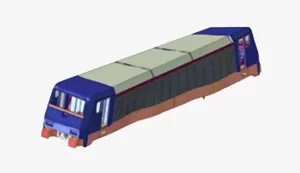
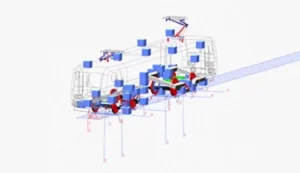
The ideal vision of rail travel? Fast, quiet, comfortable, reliable. To ensure that the passenger notices as little as possible of the rough wind outside the wagon or that goods, for example, reach their destination safely over many years of use, a great deal of development work has to be carried out long before the train comes onto the rails. In addition to comfort, safety, wear, and noise reduction play a central role.
In the development of rail transportation, multibody simulation (MBS) is an indispensable tool. It enables efficient analysis and optimization of various aspects to enhance the quality and performance of rail vehicles and individual components. Through precise MBS models, we can simulate the vehicle behavior under diverse conditions and develop tailored solutions for your specific requirements, thereby improving overall efficiency and effectiveness.
Services
- Precise vehicle dynamics simulation: Predicting and analyzing rail vehicle behavior under various scenarios through accurate modeling of vehicle dynamics.
- Vehicle stability optimization: Evaluating and detecting potentially unstable states to enhance safety and ride comfort.
- Realistic rail vehicle-infrastructure interaction: Considering the interactions between vehicles and the infrastructure to gain insights into the influence of track irregularities, switches, and crossings. (Wheel-to-rail-contact)
- Calculation of wind characteristics and reparation of expert assessments for the crosswind verification according to RIL807.04, EN 14067-6 and TSI HS RST.
- Proof of strength for components within the scope of approval and component analysis for optimal and safe design.
- Simulation of the clearance gauge for planning and for the determination of the vehicle gauge according to DIN EN 15273 (EBO, BOStrab, internal company guidelines).


